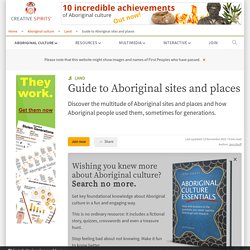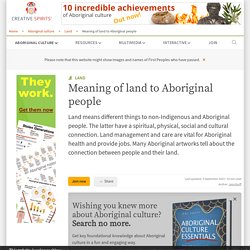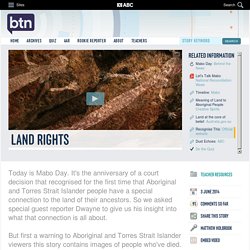

The Eora Nation - Aboriginal Sydney 1770-1850. Eora This is a story of the Eora, created through a close and innovative interrogation of the European records of early colonisation. Eora - Intro It is customary for some Indigenous communities not to mention names or reproduce images associated with the recently deceased. Members of these communities are respectfully advised that a number of people mentioned in writing or depicted in image in the following pages have passed away. This story may also contain words and descriptions that might be culturally sensitive, not normally used in certain public or community contexts. In some circumstances, terms and annotations of the period in which a text was written may be considered inappropriate today.
Eora: 1770-1850 History, every history student learns, is written by the victors. This is a story of the Eora, created through a close and innovative interrogation of the European records of early colonisation. Eora - Chapter 1 Chapter 1: Eora Eora - Chapter 2 Chapter 2: People from the clouds. ABC Online Indigenous - Interactive Map. Yaama Ghubhii: Indigenous connect song - ABC online education.
Aboriginal and Torres Strait Islander histories and cultures. Land. The Importance of Land - Sharing Culture. Why a connection to country is so important to Aboriginal communities. Trying to frame this concept in modern language, is like trying to grasp a two dimensional cup out of a piece of paper, it's the layers that make the cup palpable, not the drawing of it.

Connection to country is inherent, we are born to it, it is how we identify ourselves, it is our family, our laws, our responsibility, our inheritance and our legacy. To not know your country causes a painful disconnection, the impact of which is well documented in studies relating to health, wellbeing and life outcomes. Modern constructs of identification do not work for us, in fact they dismantle the fabric that holds us together. Australians Together.
More than soil, rocks or minerals For many Indigenous people in Australia, land is much more than soil, rocks or minerals.

It’s a living environment that sustains and is sustained by people and culture. Traditionally, this reciprocal relationship between people and the land underpinned all other aspects of life for Indigenous people. Today, this relationship with the land remains fundamental to the identity and way of life of many Indigenous people. In the video below, Indigenous people from across Australia share about the way they understand and relate to land. Connection to Country For many Indigenous people, land relates to all aspects of existence - culture, spirituality, language, law, family and identity.
“The land and the people are one, ‘cause the land is also related,” explains Dhanggal Gurruwiwi, a Galpu Elder from Nhulunbuy in the Northern Territory. The way we treat land matters Djapirri Muninggirrity, Nhulunbuy Northern Territory Disconnection from Country. Guide to Aboriginal sites and places - Creative Spirits. You can find Aboriginal sites everywhere in Australia.

Even in heavily urbanised environments like Sydney many Aboriginal places survive. This guide outlines different Aboriginal sites and explains what Aboriginal people used them for [1]. Occupation site ‘Occupation site’ is a general term for a place where Aboriginal people lived and used the natural resources, for example rock shelters, quarry sites, middens and open camp sites. Midden Cockle shell in an Aboriginal midden. A ‘midden’ is an occupation site where Aboriginal people left the remains of their meals. When Aboriginal people had visited a certain area, they sometimes intentionally left the waste remains of the food they had consumed as the top layer of the midden pile so that the next people to visit could see what had just been harvested and would choose something else to eat so they didn’t over-use the resource [3].
Oyster and cockle shells are most commonly found in middens, as well as animal bones. Meaning of land to Aboriginal people - Creative Spirits. What does land mean to Aboriginal people?

Non-Indigenous people and land owners might consider land as something they own, a commodity to be bought and sold, an asset to make profit from, but also a means to make a living off it or simply 'home' . They 'develop' land, as if it was unfinished or raw. For Aboriginal people the relationship is much deeper. Palyku woman Ambelin Kwaymullina explains: Land Rights: 03/06/2014, Behind the News. Today is Mabo Day.

It's the anniversary of a court decision that recognised for the first time that Aboriginal and Torres Strait Islander people have a special connection to the land of their ancestors. So we asked special guest reporter Dwayne to give us his insight into what that connection is all about. But first a warning to Aboriginal and Torres Strait Islander viewers this story contains images of people who've died. DWAYNE COULTHARD: My name is Dwayne Coulthard. I'm an Adnyamathanha Kokatha person from South Australia. This land has always been important to us, but long ago life was very different.
Aboriginal and Torres Strait Islanders were the first Australians. In different areas they lived in different ways. They took what they needed, and made sure the areas where they lived and hunted were allowed to regenerate and survive. But things changed when European settlers arrived.